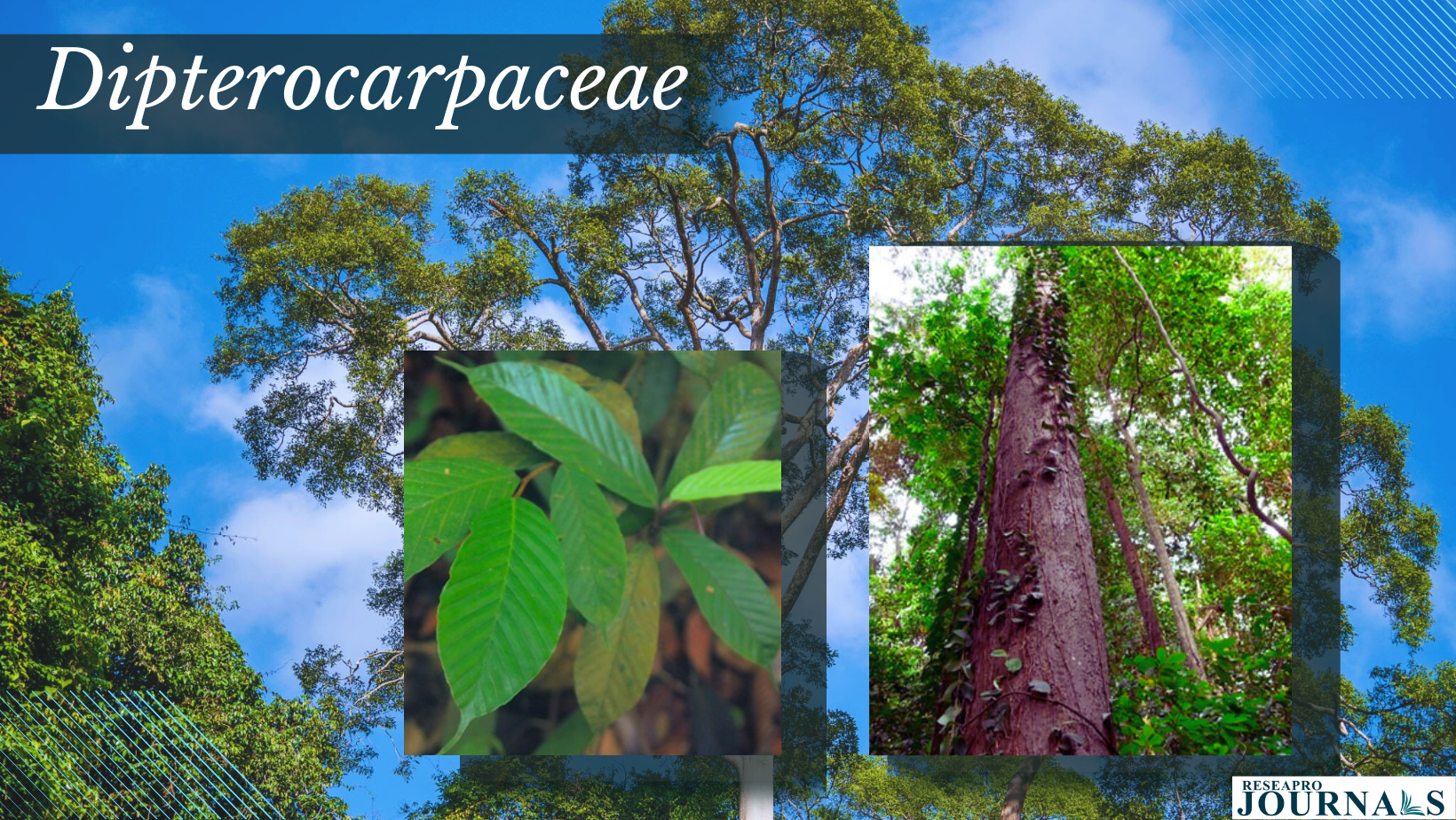
The Red List of Dipterocarpaceae refers to an assessment that categorizes species within the Dipterocarpaceae family based on their risk of extinction. The Red List is a conservation tool managed by the International Union for Conservation of Nature (IUCN) and is widely recognized as one of the most comprehensive resources for assessing the conservation status of species worldwide.

The Red List categorizes species into different levels of threat, ranging from “Least Concern” to “Critically Endangered,” based on factors such as population size, habitat loss, distribution, and trends in population decline. The categories are:
Least Concern (LC): Species that are not currently at risk of extinction.
Near Threatened (NT): Species that may be considered threatened with extinction in the near future.
Vulnerable (VU): Species that are facing a high risk of extinction in the wild.
Endangered (EN): Species that are at a very high risk of extinction in the wild.
Critically Endangered (CR): Species that are at an extremely high risk of extinction in the wild.
Extinct in the Wild (EW): Species that exist only in captivity or as a naturalized population outside of its historic range.
Extinct (EX): Species that no longer exist.
The Red List of Dipterocarpaceae provides crucial information for conservationists, policymakers, and researchers to prioritize conservation efforts and allocate resources effectively. It helps identify species that are in urgent need of conservation action and provides a framework for monitoring their populations over time. By regularly updating and revising the Red List assessments, conservationists can track changes in species’ status and implement targeted conservation strategies to mitigate the threats they face.
